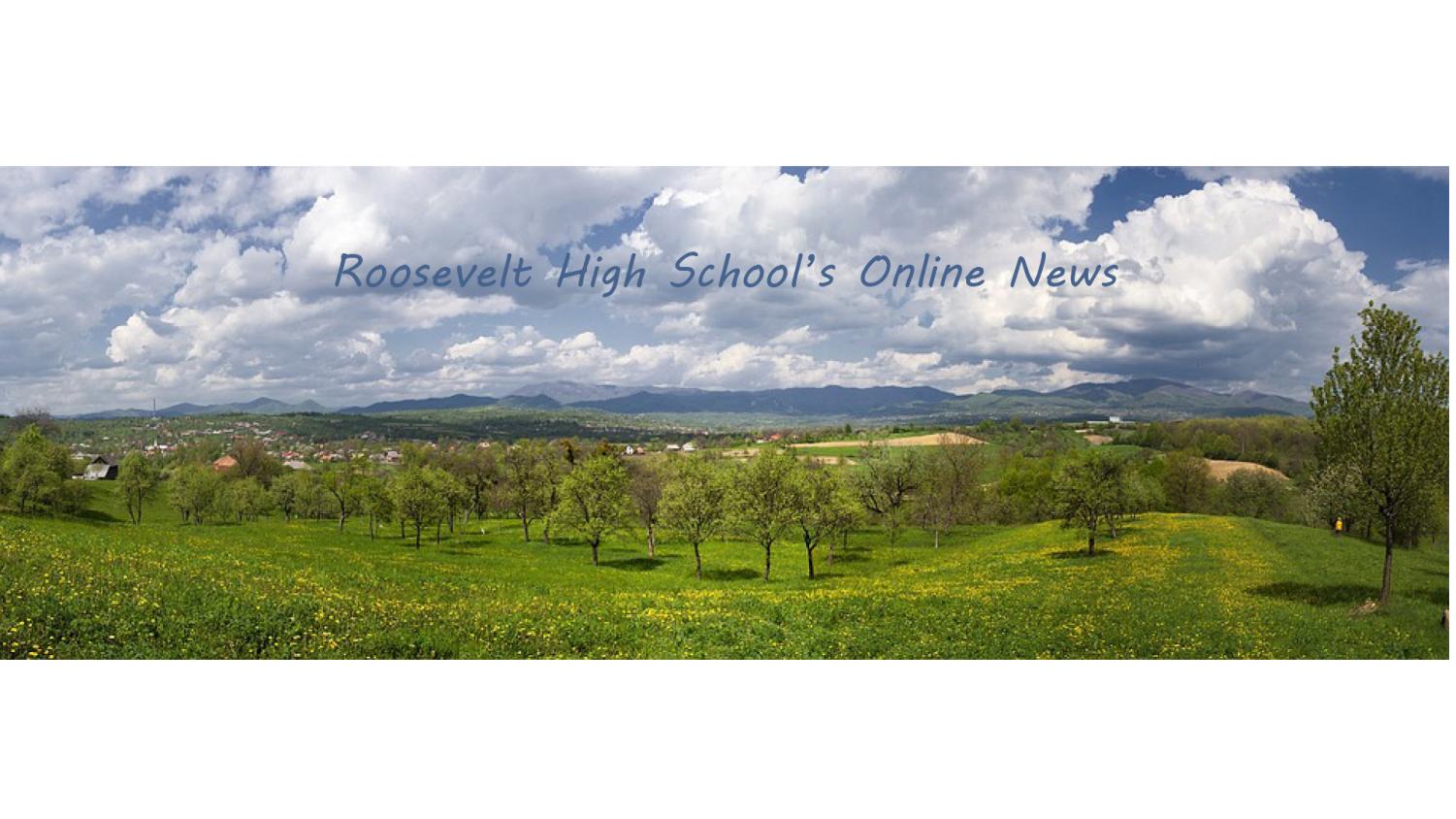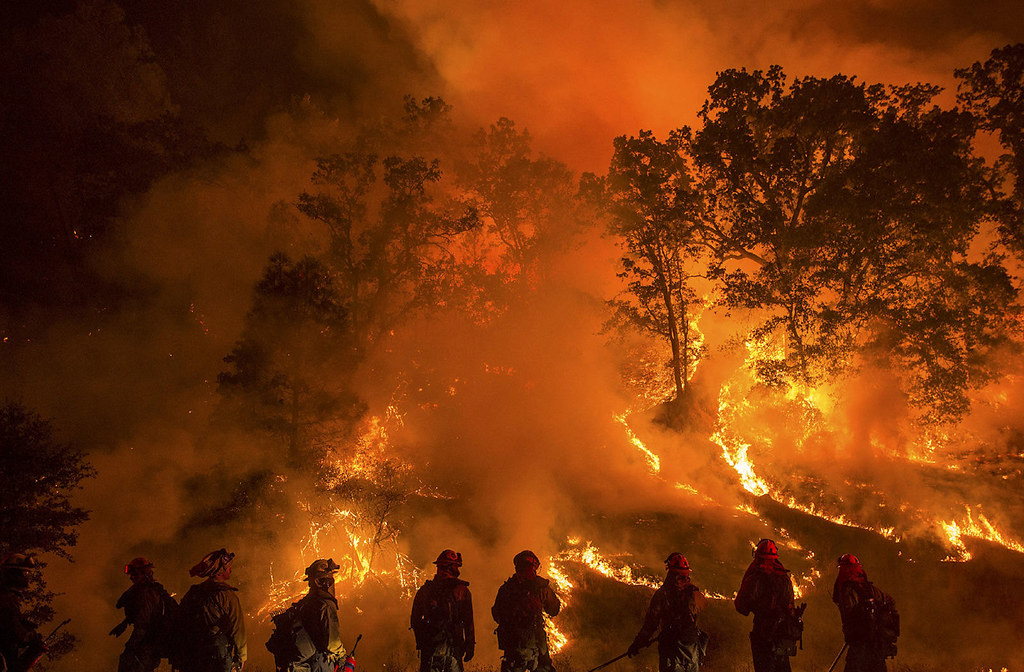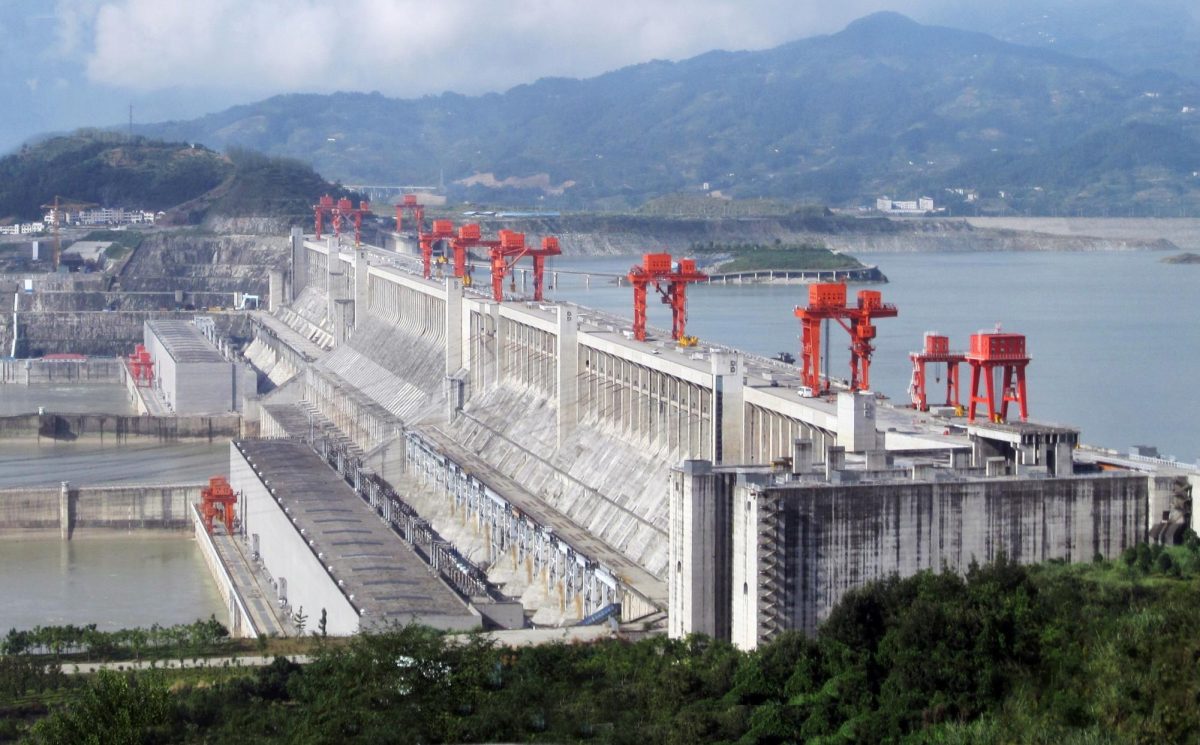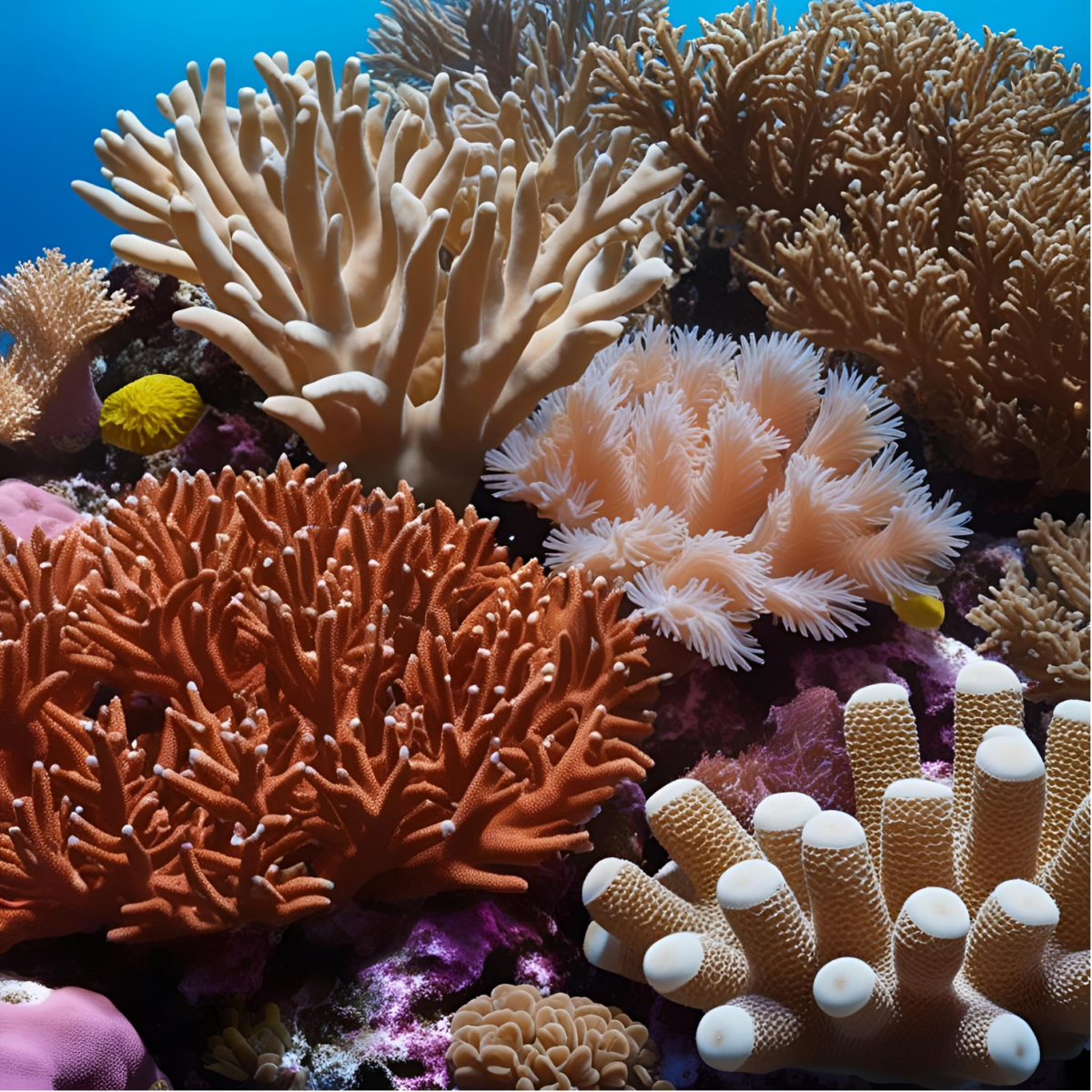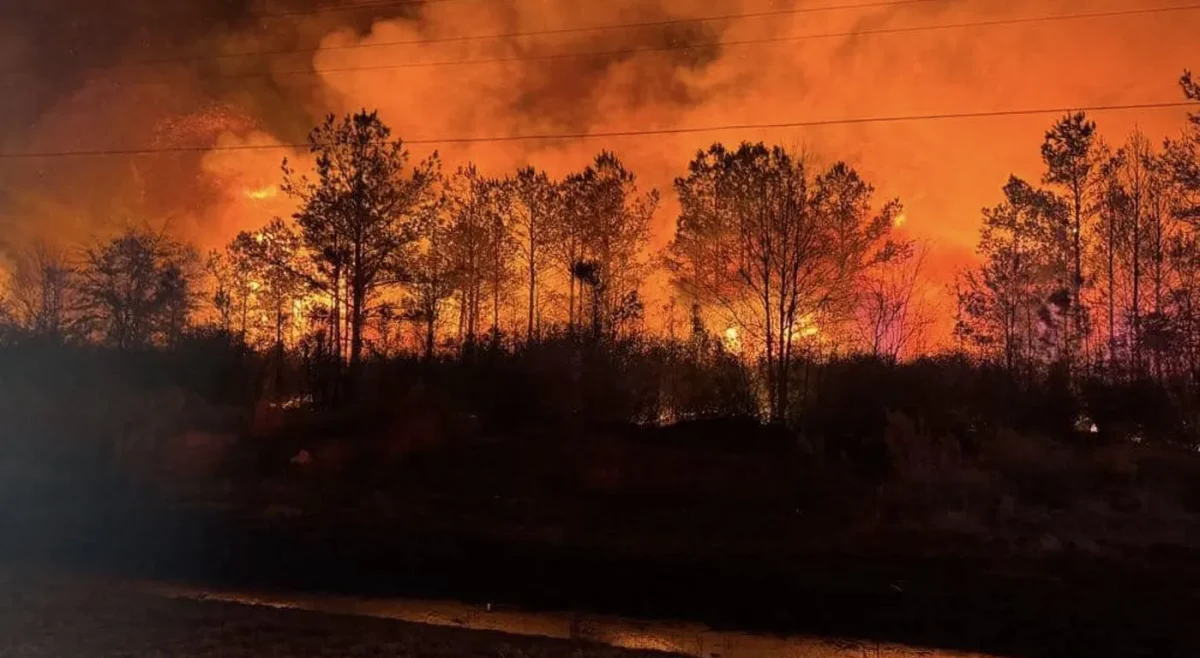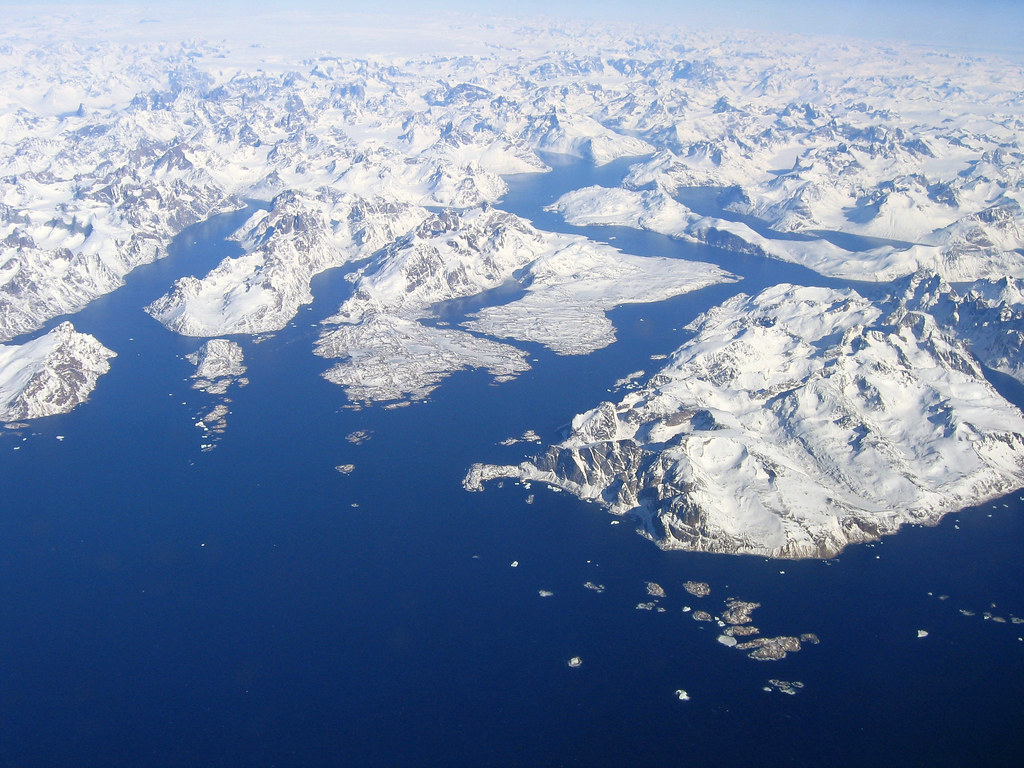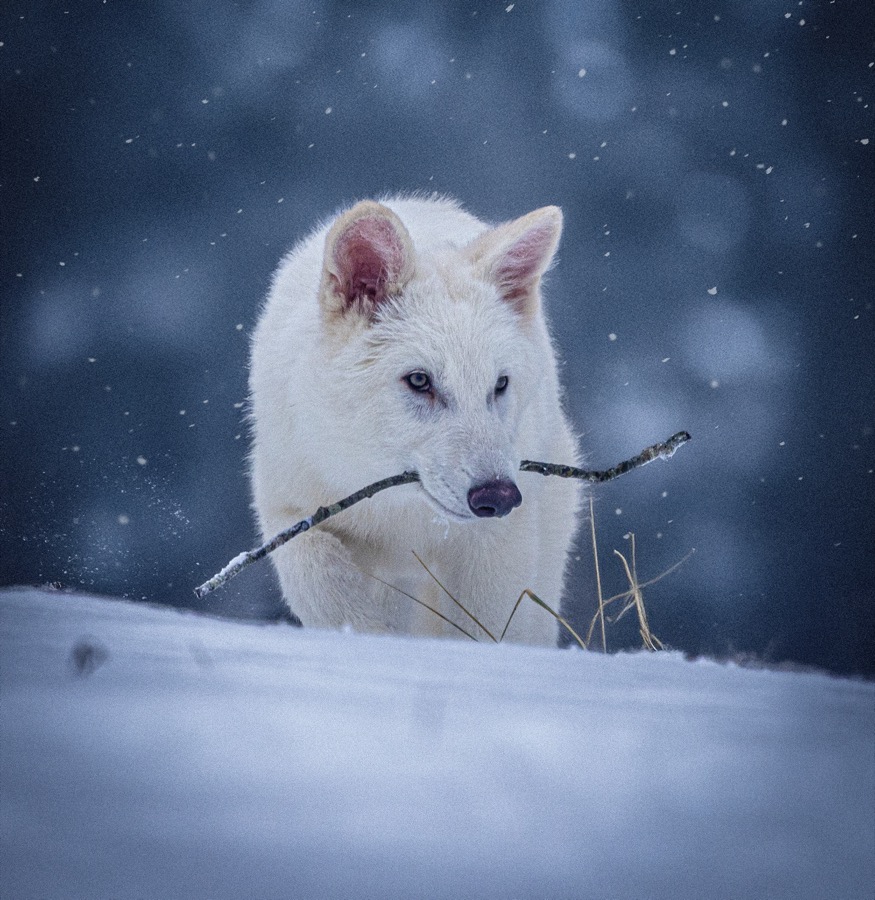Over the last year, more than 72 major wildfires have devastated roughly 489,813 acres of United States landscapes. Luckily, approximately 15,900 wildland firefighters and other personnel are distributed across the nation. However, if the current trend of climate crisis continues will the U.S. and the rest of the world have the manpower and resources to effectively contain and extinguish these deadly fires?
What is a wildfire?
A wildfire is an untamed fire that burns wild vegetation and often occurs in rural areas. Wildfires can occur in forests, savannahs, grasslands, or virtually anywhere with greenery. With over half of the land area in the U.S. being “green” and wildfires not being limited to an individual environment or ecosystem, the levels of danger and unpredictability increase.
What are the causes?
Unfortunately, the main cause of wildfires is humans. According to “Natural Park Service” “Nearly 85 percent of wildland fires in the United States are caused by humans.” People seed wildfires in various ways including leaving campfires unattended, burning debris, Misusing heavy equipment, neglecting maintenance which can lead to malfunctions, and intentionally starting fires through acts of arson.
Leaving campfires unwatched is very dangerous because fires can quickly be carried to grass or trees with a simple gust of wind. Burning debris is very hazardous in many ways. According to Frontline Wildfires Defence, “ On a particularly windy day, escaped embers from burning debris can carry for miles without extinguishing.”
Electrical distribution systems seem to be the most common cause of wildfires by equipment malfunctions. Downed power lines, gas leaks, and electrical equipment malfunctions are all very serious problems and there is debate on whether companies are keeping their machines/equipment up to basic standards.
Other causes include warmer springs, longer dry seasons, and drier soils and vegetation. Fortunately, the majority of human-caused wildfires can easily be prevented with a bit of knowledge of fire safety.
Where are fires happening and who do they affect?
There have been a lot of wildfires this year due to drought and persistent heat. The devastating fires have affected many states including Oregon, Idaho, Montana, Washington, Colorado, Florida, New Jersey, Louisiana, Arizona, New Mexico, Texas, and Oklahoma. Out of the few to many fires in the various states, only five have been contained. Wildfire smoke is very toxic and hazardous to children, people with asthma, and seniors. Uncontrolled fires cause devastation for many people and families due to how quickly they can spread. These fires make unbalanced ecosystems and destroy the homes of important wildlife.
What can we do to prevent it?
With all of the potential causes of wildfires, prevention may seem futile but actually, there are some very simple ways you can help prevent such devastation and loss.
- Check the weather for dry conditions and wind speeds.
-This can help you know whether it is safe to have a campfire or not based on how dry the ground is and how hard the wind blows.
2. Build campfires away from trees, tall grass, and other flammable objects.
-This helps prevent the campfire from spreading and creating a much bigger fire.
3. Keep your vehicle well-maintained and neighborhood safe.
-There is more of a chance for a car to set off sparks and set something on fire if it is not well maintained.
-If you see a downed power line or something of the sort report it.
4. Don’t leave campfires unattended.
-Even a small breeze can cause the maintained fire to spread quickly and if a person is not there to put it -out it could lead to something much bigger.
5. When you put out a fire make sure that it is cool to the touch.
-Wind can spark a fire to start quickly if the coals are still hot so use generous amounts of water while extinguishing a fire.
Wildfires are mainly caused by little mistakes that leave behind a big problem. With this fire safety knowledge, wildfires can be prevented and the number of fires a year will plummet.
https://education.nationalgeographic.org/resource/wildfires/
“Natural Park Service”https://www.nifc.gov/fire-information/nfn

